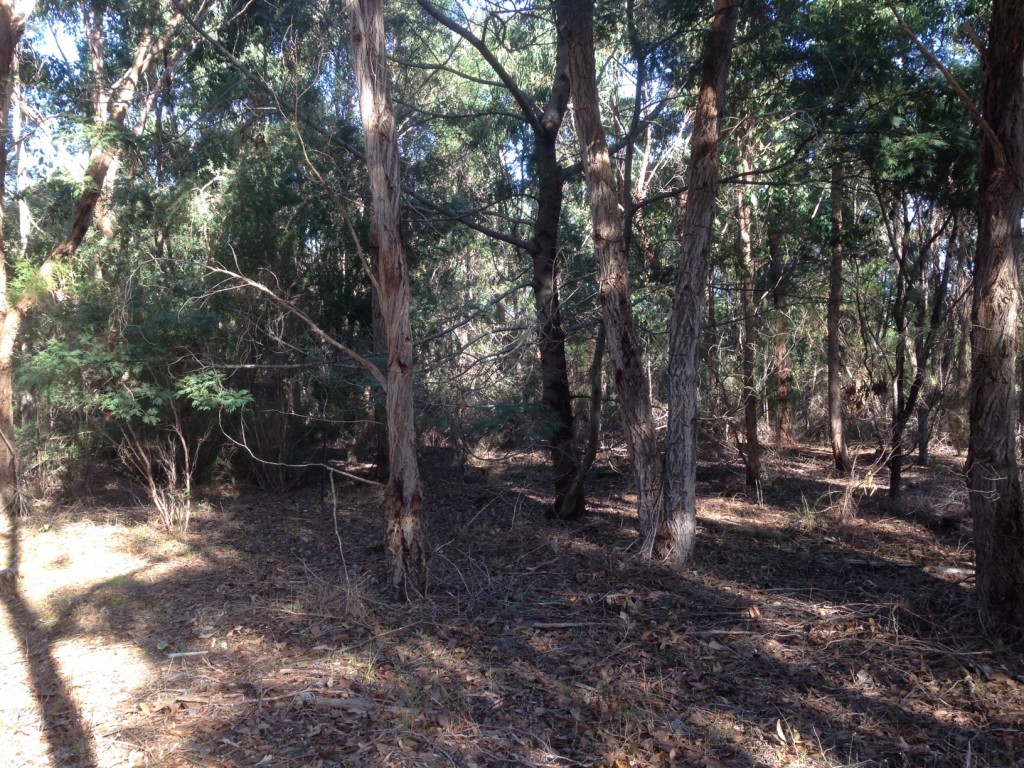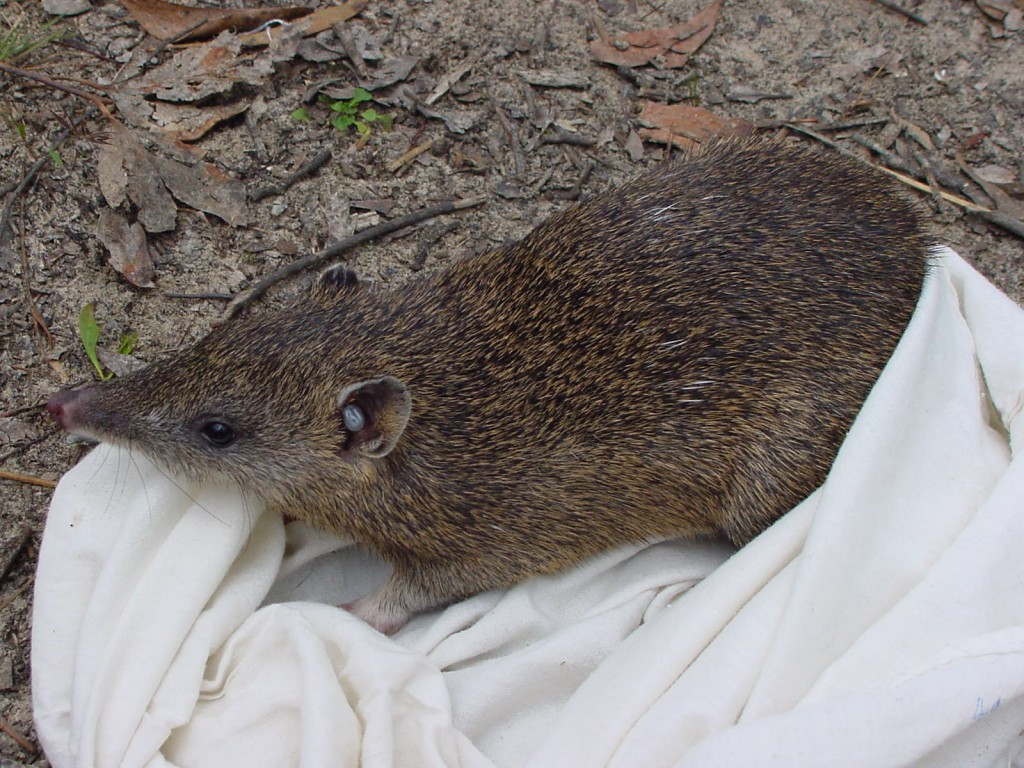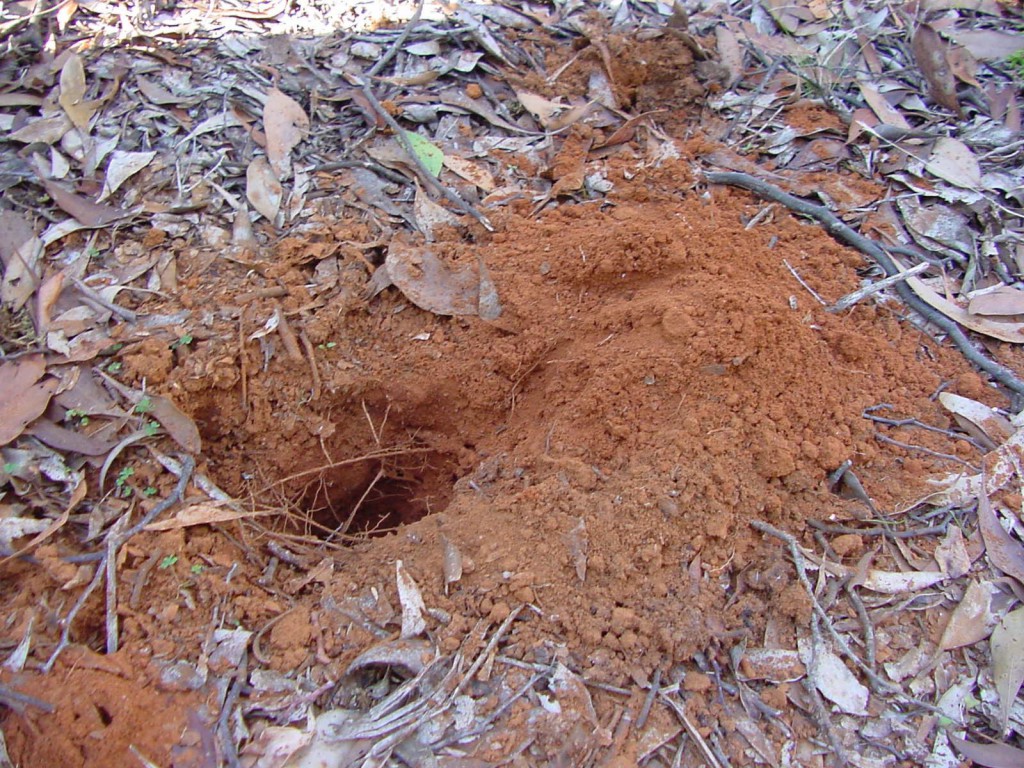Southern Brown Bandicoots are now on the radar
Well it was this time last year (in 2016) that we reported on how the third ‘once in a decade’ digging abundance survey for the Southern Brown Bandicoot was back underway.
Through the Restoring Under-represented Ecological Communities project, NGT ended up completing the survey in 2016 (thanks to a massive stint of field work by our then graduate intern, Andrea Fullagar). The report highlighting the key findings of the survey will soon be available, so keep an eye out in future blogs…
In case you are wondering, the South East of SA bandicoot population (to the west of the Glenelg River) is currently divided up into three known sub-populations (in the Mt Burr, Nangwarry and Caroline Forest areas respectively), and NGT are currently reviewing the regional action plan (RAP) for the species in the South East. As part of that process, we’re also aiming to finalise our understanding of their current distribution and update the action plan to focus future regional efforts.
On that note, as it has been suggested in the recent past that bandicoots may still occur near Lucindale (particularly south west of the town), we ask any landholders in that area to come forward if they think they may have seen a bandicoot in that district (and yes, including if it was many moons ago).
As you can see, this ‘football-sized’ small mammal is a pretty distinctive looking critter (but excuse the swollen tick latched onto the inside of the ear facing the camera!)
And luckily for us they leave very distinctive evidence if they are around and foraging, which is why counting their diggings is a great way to assess (a) if the species is present in an area and (b) how suitable and productive an area of habitat is for bandicoots. These typically vertical and conical shaped diggings are accompanied by a single pile of soil, which the bandicoot digs between its legs. This makes them quite a different sight to an echidna digging, which tends to enter the ground on an angle and has two dirt heaps, from an outwards digging action that casts the soil either side of the echidna’s body.
The main threats to the long-term survival of the Southern Brown Bandicoot are the historic clearance of so much of their habitat, bushfires, predation (by cats and foxes) and now finding themselves isolated within small fragmented patches of remnant bush. ForestrySA, some years ago embarked on an ambitious project to plant biodiversity corridors to re-create natural links between patches of bushland containing species like the bandicoot. Biodiversity corridors have been progressively planted since 1998 in various locations and NGT are currently working with ForestrySA and three local schools to continue this excellent work.

13 year old biodiversity corridor planted between Gower Conservation Park and Windy Hill Native Forest Reserve providing a permanent native vegetation link
Rose Thompson (from NGT) has been coordinating the 2017 program with Millicent High School, Glenburnie Primary and Newbery Park Primary Schools in collaboration with SSO’s Kathy Bell and Angela Jones. Infill planting into existing corridors to increase plant varieties and understorey cover is the main purpose to this year. Techniques employed will include tubestock and cell grown seedlings along with the spreading of seed balls made by the students in the classrooms.
Planting days (coordinated by NGT’s Nicole Mojonnier and Sheryl Holliday) have commenced and will continue this coming winter at Honan to Woolwash (Mt Burr district), and Dry Creek (Caroline district) corridor sites.
If you’d like to be involved contact Nicole Mojonnier at Nature Glenelg Trust (or " target="_blank" rel="noopener">Troy Horn from ForestrySA) for more information.
This project is supported by Natural Resources South East and the Australian Government.


